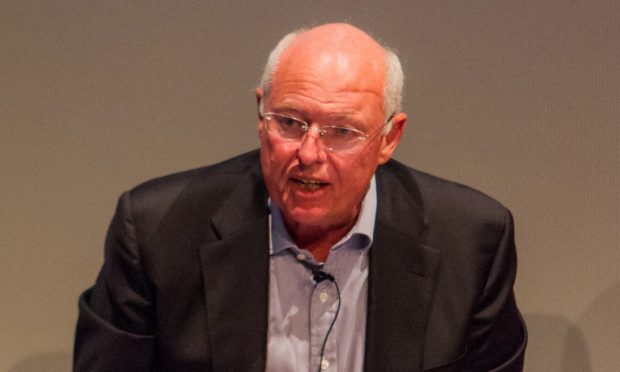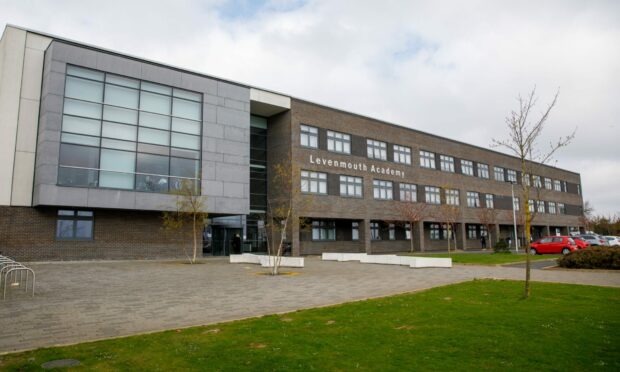A Fife councillor has branded Scottish Government plans to change school governance “a naked power grab”.
Conservative Tony Miklinski fears the SNP’s proposals, which include giving headteachers more control over budgets and staffing and more say to parents, will disempower councils and destroy local democratic accountability.
He claimed elected members and councils would be stripped of their authority as key decision-makers for Fife’s schools, with control shifted to a regional body of “unelected bureaucrats” under the central control of Holyrood.
The proposals are contained in a consultation document, titled Empowering Schools, which suggests a root and branch reorganisation of the way headteachers, councils and the Scottish Government interact.
The SNP says the aim is to give schools and headteachers more power by allowing them to decide which teachers to employ and how budgets should be spent.
Schools would work more collaboratively together and plans would be drawn up to reduce inequalities and support continuous improvement.
Parents, pupils and communities would also be given more say.
Members of Fife’s education and children’s services committee will consider the council’s formal response to the consultation when they meet on Tuesday.
Mr Miklinski said he supported some proposals, such as giving headteachers more powers, as a proven method of driving up standards but warned the new governance system would have the opposite effect.
“It removes almost all authority over Fife schools from locally elected Fife councillors and gives it to a Regional Improvement Collaborative, run by a mix of five separate local authority officers and a Scottish Government appointee,” he said.
The Cupar councillor added: “Local people hold local councillors accountable for standards of education in local schools.
“Under these changes you will have six different people in six different organisations to seek redress from and none of them will be elected.
“It’s a shambles: complex, confusing and ultimately unworkable – a recipe for mutual recrimination and chaos in our schools.”
Fife Council’s SNP/Labour administration has previously welcomed the opportunity to provide detailed feedback on the potential changes.
A spokeswoman for the Scottish Government said the functions of the new regional improvement collaboratives had been agreed with councils.
“Local authorities retain an important role in providing support to schools but, in future, they will do so by working together, and with Education Scotland, through the new regional improvement collaboratives,” she said.
“Education is this government’s number one priority, which is why we are proposing a real-terms increase in education spending in the 2018-19 draft budget.
“Our education reforms are focused on giving schools and headteachers more power and money to raise standards and close the attainment gap. They will deliver extra help for teachers in the classroom, more professional development and a stronger voice for parents and pupils.”










